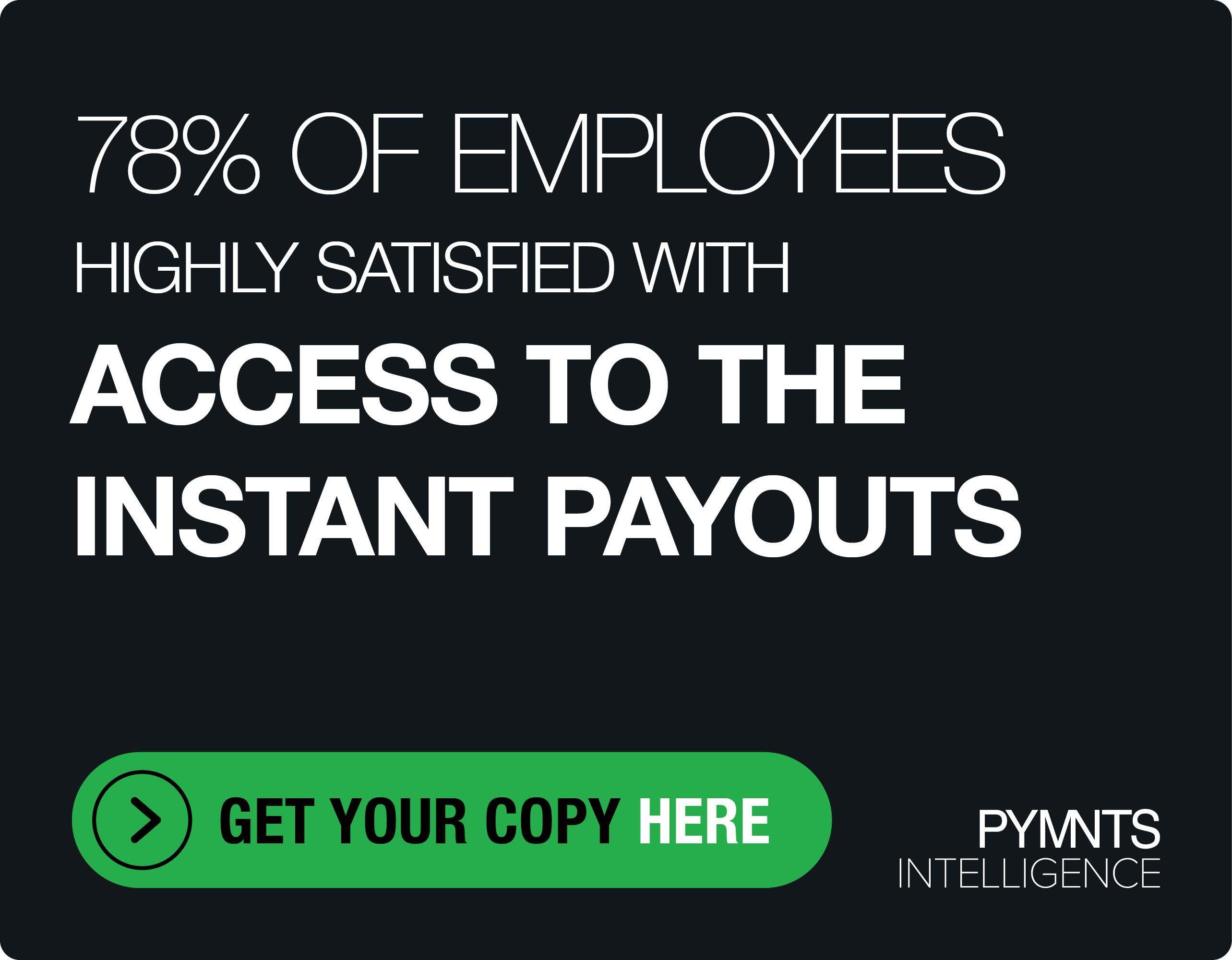Subscription Commerce Feels Holiday Cheer

Subscription models have seen a significant rise across commerce categories in the past few years. At the start of this year’s holiday shopping season, the gift that keeps on giving got an additional sales boost.
Recurly Inc., which provides enterprise-grade subscription management platforms to thousands of businesses worldwide, found that the total payment volume (TPV) of same-store sales for subscription businesses increased year over year by 17 percent on Black Friday and 16 percent on Cyber Monday.
What’s more, the same-store sales for top-performing subscription businesses surged with a TPV of 126 percent on Black Friday and 131 percent on Cyber Monday this year. In the four-day period between Black Friday and Cyber Monday 2016, top-performing subscription businesses experienced an overall TVP growth rate of 115 percent compared to the same holiday weekend period in 2015.
Recurly also found that coupon redemption grew 43 percent year over year on Cyber Monday. Overall, Cyber Monday saw three times more coupon redemption and Black Friday saw two-and-a-half times more redemption.
For additional insight into the Recurly Inc. data, the holiday sales boost and the subscription business ecosystem, PYMNTS’ Karen Webster spoke with CEO and cofounder of Recurly Dan Burkhart.
Karen Webster: Let’s talk about the subscription commerce data coming off of the all-important Black Friday and Cyber Monday period. It sounds like it was a banner opportunity for the subscription business.
Dan Burkhart: It was exciting for us to watch. We’ve seen pent-up demand for promoting the gift of subscription. We’ve started providing better couponing abilities and one-time, unique shareable codes and more tools to merchants to put them in a better place to offer not only promotions to specific channel partners and targeted audiences, but also gift cards now and reporting on top of that.
Karen Webster: If I think about giving the gift of subscription — if I’m a merchant, that’s good business for me because it’s not probably not going to churn. Someone else has paid for it, and they’re not going to cancel the subscription midstream. Is that a fair assumption?
Dan Burkhart: Absolutely. And I think the other added benefit is that — by way of that definition — it’s actually a gift being given with the implicit endorsement of one of your most raving fans. Someone who is willing to say. “I really appreciate this experience, and I’m going to give it to Karen. I think she’ll love it as well.”
Karen Webster: Is the same-store sales increase, in your view, is that people re-upping? In other words, “I thought it was such a wonderful experience, so I gave it to you, and you liked it so much that I’m going to give it to you again.”
Dan Burkhart: I think what we generally recommend is that if the subscription is less than a year, then part of the tools that we put in place are to enable the merchant to zoom in and make sure that that renewal is managed proactively. When a gift is given, you want to either follow up with the gift giver or the recipient at that time of expiration to make sure that there is some communication in anticipation of that decision moment. The reselling opportunity definitely exists — that would be one point.
The second point is that we are looking at second-order revenue generation coming from your most prolific gift givers. That’s the kind of information in which our merchants are extremely interested because they want to reward those folks. We want to be able to go help them reward those customers and make sure that they’re feeling that reciprocal love.
Karen Webster: When you talk about top-performing subscription businesses, help us paint a picture of what the top performers look like.
Dan Burkhart: Top performers tend to be the more sophisticated companies that have marketing departments willing to stomp on on the gas during this moment of purchase consideration during Black Friday and Cyber Monday. There’s a lot of noise during this period, so it’s the companies capable of rising above it to get their offers heard and also leveraging their own communities of users to help them get the word out.
Karen Webster: When you look at what your study shows, those performers more than doubled their growth over last year. I realize not everyone has the ability to put those resources to work. But where they are able to do that, the return is certainly there.
Dan Burkhart: Yes, absolutely. Our top performers are typically companies that have very strong communities of users. These communities are out there tweeting, on Facebook, Instagram, on YouTube doing unboxing videos and the like.
For those that are just digital services, they are typically companies that have communities who are willing to give the ongoing gift of an experience to a friend or loved one. Companies are coupling that with an ongoing message anticipating the next box or the next month’s experience — this is how we are changing, this is what you should expect — giving that lovely anticipation. Over an ongoing period, it extends the joy that we all feel during the holidays. The gift giver gets that joy of knowing they’ve given something that they also enjoy and that they’re seeing their friends and loved ones receive over a longer period of time.
Karen Webster: The ability for subscription commerce to enable box-of-the-month to become many different variants that inspire others to think about how they can creatively contribute to subscription commerce is interesting. What are you seeing in terms of the expansion of the market?
Dan Burkhart: So I would say the box-of-the-month category is broadly inclusive — anything from cosmetics to dog chew toys to razors to coffee, chocolate, wine. We’ve seen those companies becoming outlier performers on Black Friday and Cyber Monday.
In general, subscription companies are aware that purchase consideration mode is a moment, a window of opportunity. When a consumer is there, when there is intent there — that’s the time to strike. For box-of-the-month companies, that heightened purchase consideration mode, that seismographic moment when the mind and the wallet are open on Black Friday and Cyber Monday, those companies, in particular, are getting really good at making sure they are there with big media promotions to capture that willingness to spend.
Karen Webster: Do most of these promotions include a price concession if an action is taken on Black Friday, or is the value something different?
Dan Burkhart: We did see both. Price concessions were more popular than an extra month, but we did see some ‘purchase a six-month subscription, get an extra month free’ and extended free trials. But by far and away, the most popular promotional tactic was the use of coupon promotions and discounts. It tended to be percentage discounts far more than specific dollars off. When you place an offer out there with a more significant percentage discount, it really gets consumers to respond.
Karen Webster: As we assess the evolution of subscription commerce over the last 12 months, what are some of the things that stand out that have really driven the momentum?
Dan Burkhart: I think we are seeing some phenomenal advancements in user experience. We observe many categories where good user experience wins over time. Part of the appeal of the subscription offering is that the onus lies with the service provider — whether it’s a product, app, service — to continually exceed expectations and rise above the perceived cost. Even if the first box is a wonderful experience, if the second, third, etc., are identical and there’s no incremental element of surprise or expectation, if it becomes a diminishing, marginal experience of marginal value or delight — those customers will eventually churn.
Part of the reason we love what we do here is that that shift in the balance of the relationship gives merchants the opportunity to build the basis of a long, healthy relationship. But it also puts the onus on them to exceed and surpass expectations over time. That balance has been the most interesting for us to observe over time. That dimension of competition is fantastic.
Karen Webster: Were there categories that evolved this year in subscription businesses where you thought, “Wow, I haven’t thought of that before, but now that I see it, it makes sense”?
Dan Burkhart: We’re always surprised here. One of the categories that has recently started to stand out for us is the category of distance learning. It can be anything from marriage counseling to public speaking and leadership training.
Where consultants used to come in and spend time with executives in the office, the subscription model — with the support of everything from live streaming to FaceTime and Skype — has given a lot of these companies scale and the ability to reach out to a much broader audience. Athletics coaching is happening online; we see educational coaching, language coaching. This is not a category I would have ever guessed I would see in our customer base, but it’s truly emerging at a disproportionate rate.
